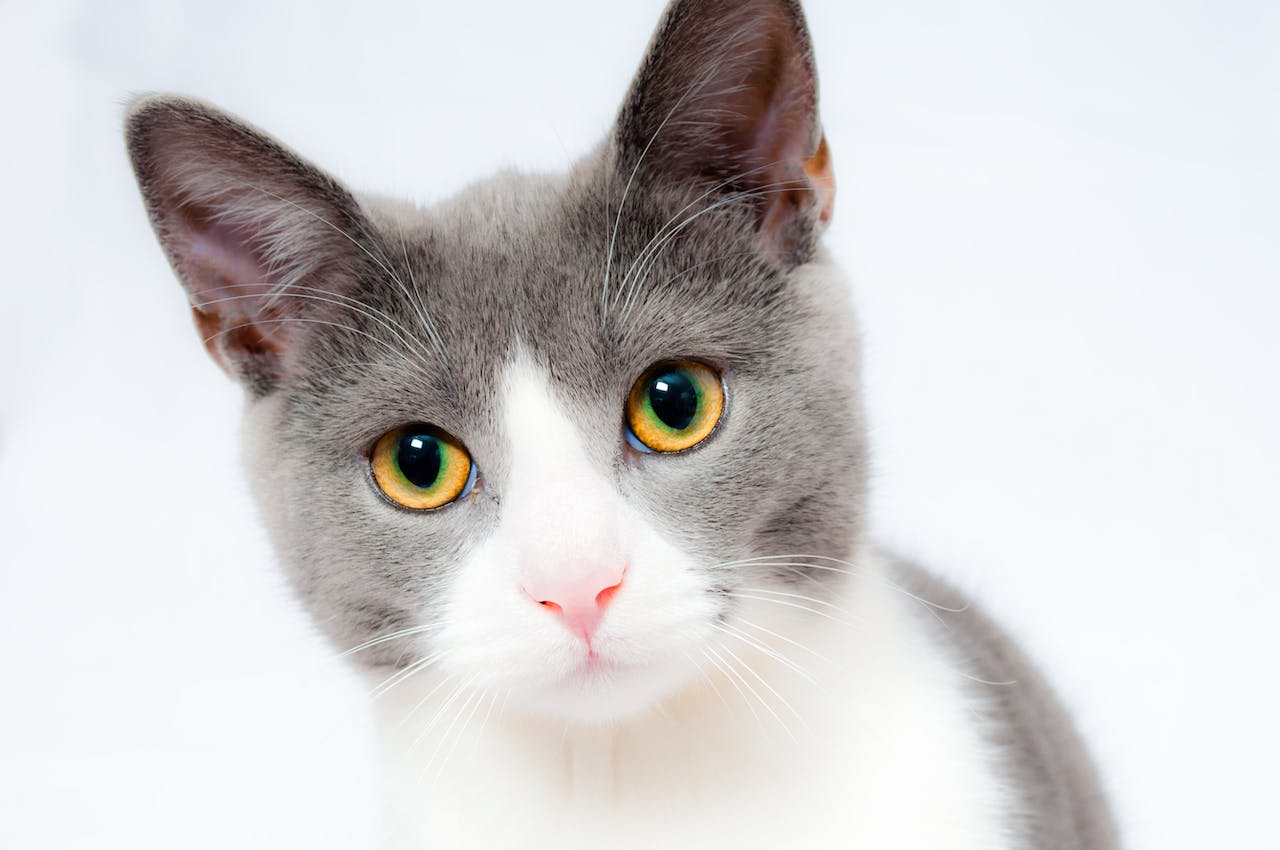Cat Diarrhea: When is it Serious and How Do I Stop It?

One of the most common problems we see in veterinary medicine is gastrointestinal (GI) upset/diarrhea. Depending on your cat’s lifestyle, you may or may not be readily aware of the details of her bathroom habits. In addition, cats are very fastidious about grooming so the tell-tale (or tell-tail) signs of diarrhea may be missed—especially in the early stages. For this reason, routine veterinary visits are important.
If you do notice your cat has diarrhea between visits, what could be the cause? When should you worry and consult your veterinarian? What can you do at home? I’ll discuss these answers here.
What are the causes of cat diarrhea?
This would be an exhaustively long list if we went into everything that can cause your cat to have loose stools, but here are some of the general categories:
- Parasites – Parasites can definitely irritate your cat’s gastrointestinal, causing all kinds of diarrhea involving the small and/or large bowels. Significant numbers of parasites that cause diarrhea are more common in younger kittens
- Infections– Viral or bacterial infections can also cause diarrhea and also occur more frequently in younger cats
- Dietary indiscretion or diet change– Cats tend to be more careful about what they eat than dogs are, but sometimes they do eat inappropriate things like grass, string, etc. Even a purposeful change in diet from one food to another can cause diarrhea
- Stress– Just like with people, stress/anxiety/excitement can result in GI upset (especially lower bowel irritation or colitis)
- Primary inflammatory disorders– Like inflammatory bowel disease in people, inflammatory disorders can cause your cat to develop diarrhea
- Metabolic diseases– From disorders of the pancreas or liver to thyroid imbalances, there are many other problems that upset the motility or environment in the GI tract resulting in diarrhea
- Medications/toxins– Most know that certain antibiotics can upset the GI tract but other medications and certain toxins can also cause diarrhea
- Constipation– Constipation may seem counterintuitive, but I mention it because older cats are prone to developing motility problems in their colons leading to constipation. In these cases, the cats often manage to only pass small amount of more liquid stools around the obstruction.
How may you be able to help stop cat diarrhea?
Because there are so many potential causes of diarrhea in cats, you should check with your veterinarian if your cat is having it regularly. Obviously some of these causes need specific therapy, but some of the others may resolve on their own with simple, supportive care. In those cases what might your veterinarian advise you can you do at home?
- To feed or not to feed? Years ago, many vets always thought that GI upsets required some brief period of fasting to ‘rest’ the bowels. That is true with vomiting, but nowadays, we realize that your cat’s intestines need nutrition in order to heal themselves. So withholding food will not be recommended.
- What to feed? Increasing fiber intake is an option since it is considered a great ‘equalizer’ (good for constipation but also good for diarrhea). However, I think it is best to go with multiple smaller meals (say 4 a day) of something easily digestible. That means a low fat, mostly carbohydrate diet like potatoes, pasta or rice (with a little bit of chicken), turkey, low fat cottage cheese or yoghurt. Some cats are also happy to eat meat based baby foods.
- What about over the counter meds? You can find many references to administering kaopectate or Peptobismal® and even Imodium® to your cat for diarrhea. Peptobismal is NOT recommended for use in cats, and determining dosages for the other products can be tricky. So ask what your veterinarian recommends. [Editor’s Note: Never assume human medications are safe for cats.]
When is it time to worry about cat diarrhea?
First of all, you know your cat best. If you are concerned, do not hesitate to contact your veterinarian. Remember that your veterinarian is there to advise you. But be aware that there are some aspects of diarrhea that are more alarming and some consequences that can be quite concerning.
To start with, one way to classify diarrhea is as either small bowel or large bowel diarrhea.
- With small bowel diarrhea you are more likely to see large volumes or watery diarrhea which can quickly lead to significant dehydration and an electrolyte imbalance.
- On the other hand, large bowel diarrheas involve the lower bowel or colon so that you more typically see a cat straining and uncomfortable, but passing only small amounts of soft/mucoid/sometimes bloody stool.
Generally, if your cat had one somewhat soft stool but is still happy, playful and eating normally, you can probably safely wait to see what the next bowel movement looks like before taking any major steps. Some of the red flags that should make you more concerned are:
- Loss of appetite
- Lethargy/depression
- Pain/discomfort
- Blood in the stool (either dark, blackish stool or visible, frank, red blood)
- Associated vomiting
- Or if your cat is more likely to be quickly compromised by ongoing diarrhea (i.e. very young, very old, or already battling some other medical problem)
In these cases, you should consult with your veterinarian. Even if the ultimate cause of the diarrhea is not anything serious, getting that diagnosis and beginning therapy are important steps. If the diarrhea appears to be the large volume, small bowel type, your cat will likely benefit from at least some supplemental fluid and electrolyte administration and probably other anti-diarrheal medications. With large bowel diarrhea, your cat may be supremely uncomfortable and the continued straining will only make the irritation worse. In that case, your veterinarian can administer medications to ease the discomfort and to make your cat feel better more quickly.












